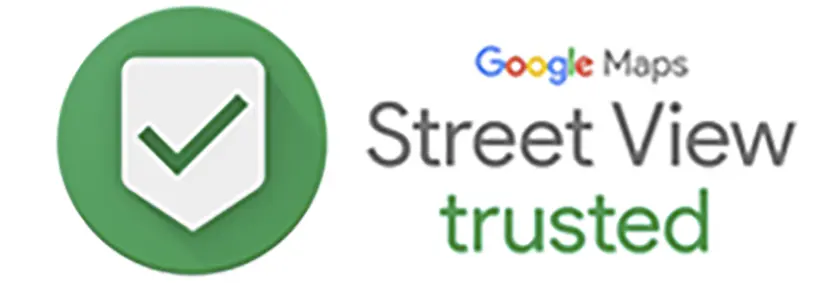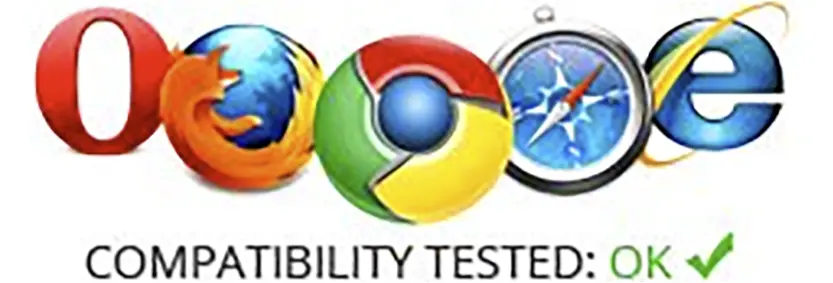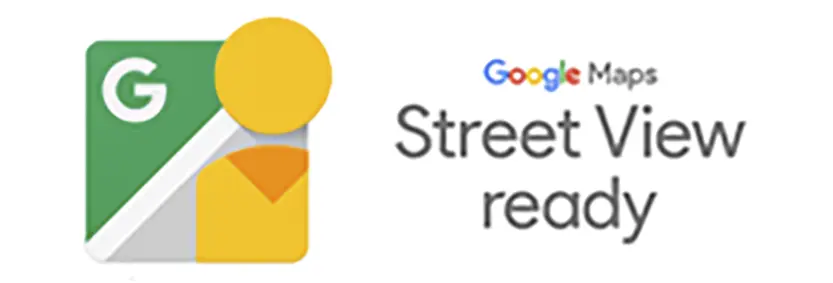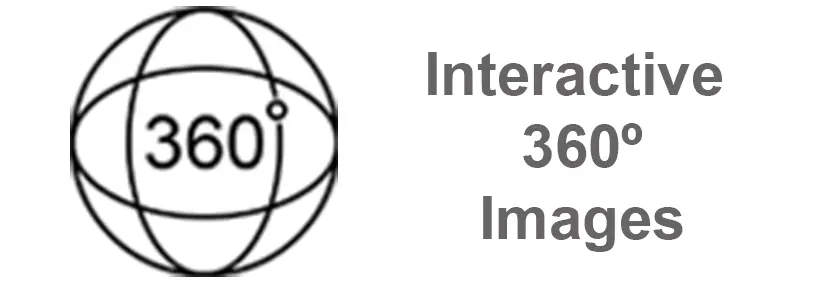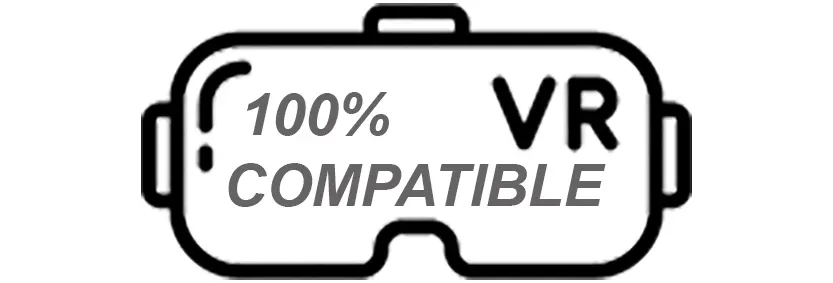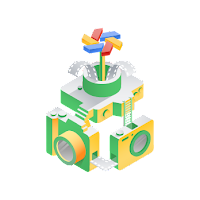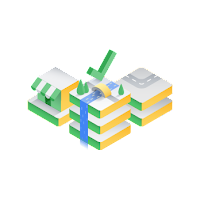Please note, that clicking on any + will result in the accordion effect opening the content below it. You may need to scroll up, or down to see more.
A 360º Image can be created by using a smartphone and a special app. It can also be created using a single camera with 2 or more lenses all working to capture and stitch together the images in one shot. Some are created by using a single DSLR Camera & different types of lenses. The type of lens will determine how many photos need to be taken and stitched together to create one spherical image.
We first capture 12 images, 3 on each of the four sides at different preset exposures.
 (image copyrights to Oman360Views)
(image copyrights to Oman360Views)
Then we merge images on each side to create high-definition/dynamic range images (HDR)
 (image copyrights to Oman360Views)
(image copyrights to Oman360Views)
Finally, we merge/stitch the 4 resultant images to form just one Equirectangular High Definition Image which when viewed with proper applications will display as a spherical image.
 (image copyrights to Oman360Views)
(image copyrights to Oman360Views)
So basically photos have to be taken and then stitched together to create a spherical image. Some cameras have in-built stitching applications, but in most cases, the capture application is different from the stitching application.
Of course today there are cameras that have lenses that can take only one photo (with single-lens) to capture the whole sphere (with the exception of the camera footprint). There are cameras that can also do this using 2, 3, 4, or more lenses, meaning the images are actually merged at the time of capturing, or some type of software is used in the camera to stitch/merge the images together to make a spherical image.
After a spherical panorama is created in the Equirectangular form as above, we then start editing it and enhancing the mage by removing shadows of tripod stands where possible, or security cameras, and blurring out faces and license plates, etc.
Absolutely! An image qualifies to be called a panorama if more than one image has been combined/stitched to make a wide image. However, it does not have to cover or include everything in sight. In fact, an image that is stitched from 3 or 4 images that only capture the scene as seen by the eyes without turning around qualifies for a panorama (panned image). Say for example one wants to capture the beach as far left and right as his/her eyes can see, about 190 degrees… that is a panorama!
On the other hand, a spherical image has to capture everything from the floor to the ceiling and all around.
The following image should give a clear picture between a panoramic image and a spherical image.

[Image credit – Semantic Scholar]
Today almost any phone or camera is capable of creating a panorama, however, only a small percentage can actually create a spherical image
A 360º Virtual Tour is a combination of multiple 360º images (spherical images, otherwise called spheres) interconnected in a logical flow. Typically if we take spherical images of a business, we take them in a logical progression, to create a natural flow as if you were actually walking into the business. You can turn right, left, move forward, back, look up, down, and all around from the position you stand, just like in real life. So when all is said and done, a virtual tour allows you to have a natural (life-like) experience of visiting a place.
Here’s an example (click the square icon top right of the image below to see the tour in full screen)
Any business or place that would like people to visit them, whether it be for worship, leisure, emergency, or regular services needs to have a 360º Virtual Tour. So in short, everyone!
The list of businesses or places that need a 360º Virtual Tour is non-exhaustive! It is only limited to imagination, but here are some that we are aware of;
-
- Art Galleries
- Beauty Salons
- Bicycle Showrooms
- Bridal Wear Showrooms
- Car Repair Garages
- Car Showrooms
- Card Stores
- Cathedrals
- Churches
- Clubs
- Fastfood Places
- Function Halls, Wedding Halls, or Party Venues
- Furniture Showrooms
- Golf Clubs
- Gymnasiums
- Hotels
- Juice Bars
- Karaoke Clubs
- Libraries
- Malls
- Massage Centers
- Mosques
- Motorbike Showrooms
- Pre-rental properties
- Real Estate
- Resorts
- Restaurants
- Schools & Universities
- Spa Centers
- Sports Clubs
- Temples
- Tourist Attraction Areas
and on, and on, and on…
The answer is yes and the reasoning is very simple.
If you were about to travel to a new place, you ‘google’ a restaurant or hotel, and two show up, they both have everything you want. They also cost about the same. However, one has a 360º Virtual Tour and you can see “everything” in it and about it. The other has boring photos or standard old-style video that only shows you what the camera person wants you to see… which will you choose?
If you answered “the one where you can see everything” or “the one that has a 360º Virtual Tour”, you are not alone. You are 99.9%. The other 1% did not understand the question!
In other words, you will always have an advantage over your competition who does not have the virtual tour created for their location… or have a very cheaply made tour with inferior cameras and tools.
If you have a business/public accessible area (or private area that you want to only keep for your family’s view sake) and you want a 360º Virtual Tour created. Just give us a call or use the contact form
You can have a 360º Virtual Tour created for your place, without any preparations. However, if you want the 360º Virtual Tour that is created for you to appear on Google Maps, then you will first need your business to exist on Google Maps. We will help you “create your business on Google/ Google Places” for FREE before uploading any content to Google Maps. Just give us a call or use the contact form to review everything today!
All tours have to be “hosted” by some server in order to be viewed by the public. Google virtual tours are tours that we create and host for free using Google servers. However, so far the Google-hosted tours have limited interaction, that is moving back and forth (following the arrows) and zooming in and out.
However, when people say a Hosted Tour, they mean a tour hosted away from (or in addition to) Google servers. With more interactive content such as clickable hot spots which then reveal more information such as Text, Photos, or even video content. In most cases, even the directional arrows can be changed and music can be added. The tour (spherical images) can be set to start rotating by themselves or movement automatically / sequentially move into the next scene/image until the viewer interacts with the current active image.

